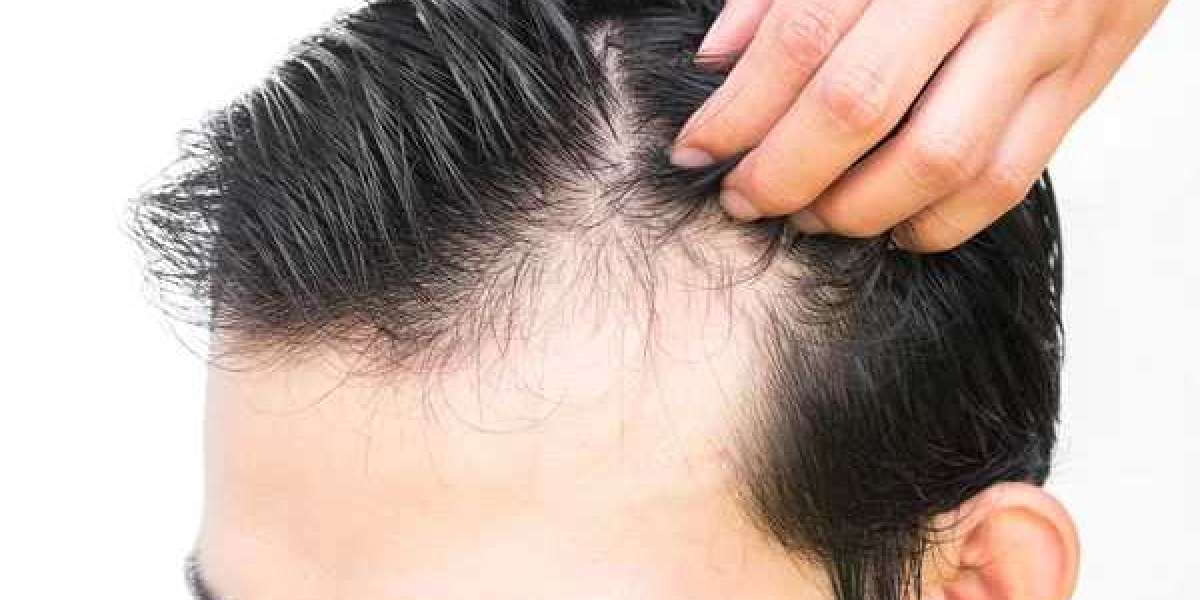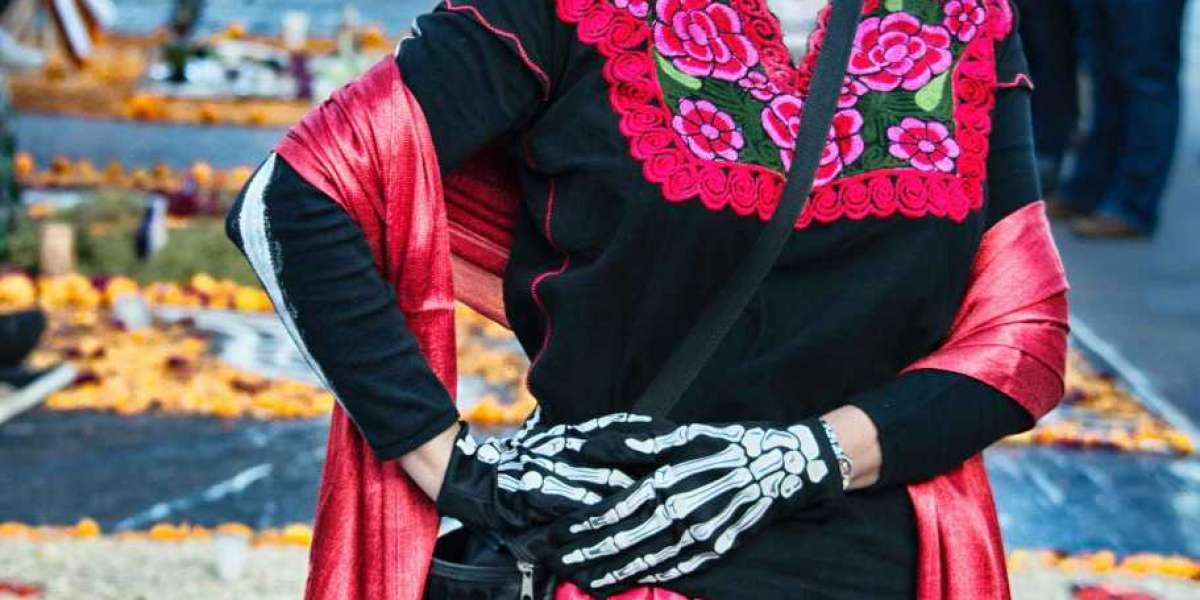We understand how humiliating it might be to walk out without covering your head after getting your hair done at any Dubai clinic.
Many people will want to conceal the signs of a recent hair transplant treatment, such as redness, scabs, and swelling. However, any knowledgeable doctor in Dubai will urge you not to wear a helmet for a few days following the transplant.
Let's examine everything you need to know about wearing hats after a hair transplant.
Can I wear a hat after my hair transplant?
It is not advisable to wear a hat after having a hair transplant in Dubai. If you must wear something to conceal the surgery's scars, consult your surgeon or wear something very light.
Whether you choose follicular unit extraction (FUE) or follicular unit strip surgery (FUSS), both procedures involve moving hair follicles from the donor to the recipient site. The regenerated hair follicles remain sensitive following the surgery.
Furthermore, after the operation, your scalp must breathe, which is necessary for growth. Wearing a helmet after the transplant may compress the new grafts, causing them to become damaged or dislodged. It may also result in empty spots on the scalp, risking the entire treatment you paid a fortune for.
If you want a smooth recovery and a successful treatment, avoid wearing anything over your head right after the transplant.
How soon may I wear a hat following a hair transplant procedure?
You can wear a cap 7–10 days after your hair transplant treatment. Here's an intriguing article about hairstyles following a hair transplant.
Hair experts believe that new hair grafts in the recipient area require 5–6 days to firmly connect. The grafts will then be firm, and wearing a hat will pose no risk of damaging them. Therefore, it is considered safe to cover your head after 7 days.
What precautions should I take when wearing a hat after a hair transplant?
If you need to wear a hat following hair transplant surgery, make sure it is clean. If your hat becomes stained, wash it to avoid infections that could jeopardize the healing process.
Remember not to wear or remove the cap with only one hand. The hat may come into contact with the recipient area, generating friction that dislodges the new grafts. Again, make it as loose-fitting and wide as possible to prevent compressing the weak grafts.
To have a successful Dubai hair transplant surgery, you must follow your doctor's pre- and post-operative recommendations.
What kind of hats may I wear after a hair transplant?
Choose adjustable, wide hats that do not come into contact with the fresh grafts.
Hair specialists strongly advise wearing loose-fitting headwear, such as a fisherman's cap. You can choose from a casual cowboy hat or a stiff baseball cap with tight plastic mesh on the back. Regardless, it is best to visit your surgeon, because each specialist has their own unique set of recommendations for this.
After a hair transplant, what hat materials are appropriate?
It is advisable to wear hats made of soft materials. Avoid wearing hats made of cotton. Cotton can adhere to the scalp, harming the newly implanted grafts. Removing a cotton hat adhered to the scalp will result in blood and agony. This will make the recuperation process longer. Furthermore, it's possible to create empty patches, which could make the entire operation a disappointment.
When may I wear a protective hat after getting a hair transplant?
After the hair transplant, you cannot wear a hard hat for three to four weeks.
A hard hat has bindings and a central button that connects the straps.
After the transplant, the grafts in the recipient area remain weak. Wearing a rigid hat will compress the grafts, perhaps leading to poor development. Avoid applying any pressure to the new hair grafts as they remain sensitive. The headgear may come into contact with the recipient area, harming the fragile grafts.
Take some time off work to heal if you are required to wear a hard hat or helmet while working on a construction site or as a motorcycle courier.
When may I wear a beanie following a hair transplant?
You can wear a beanie once the scabs have healed.
Wool makes up a beanie, which, if not healed, can stick to both the recipient and donor areas. This may cause bleeding and pain. Again, it may slip off the head unintentionally, causing friction in the recipient area. This may cause harm to the new grafts.
Wait until you've fully healed before wearing a beanie to prevent the cloth from sticking to your scalp. Also, always wash the beanie before wearing it to avoid trapping dirt that could cause a scalp infection.
Wrapping up
As aging or scalp injuries cause baldness, more people worldwide are turning to hair transplants as a treatment. If you are thinking about getting a hair transplant, make sure to do your homework on whether to have FUE or FUSS. In any case, you must consult with a trained surgeon and engage in comprehensive discussions in order to make educated judgments.








